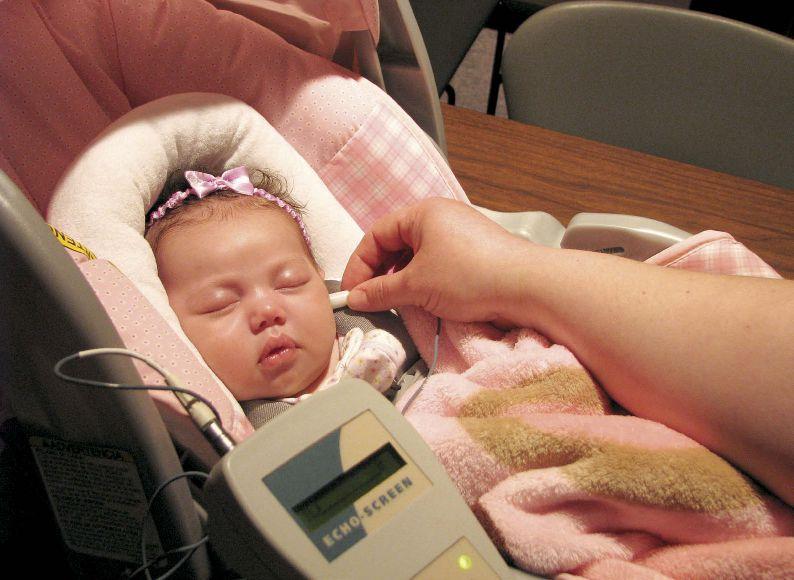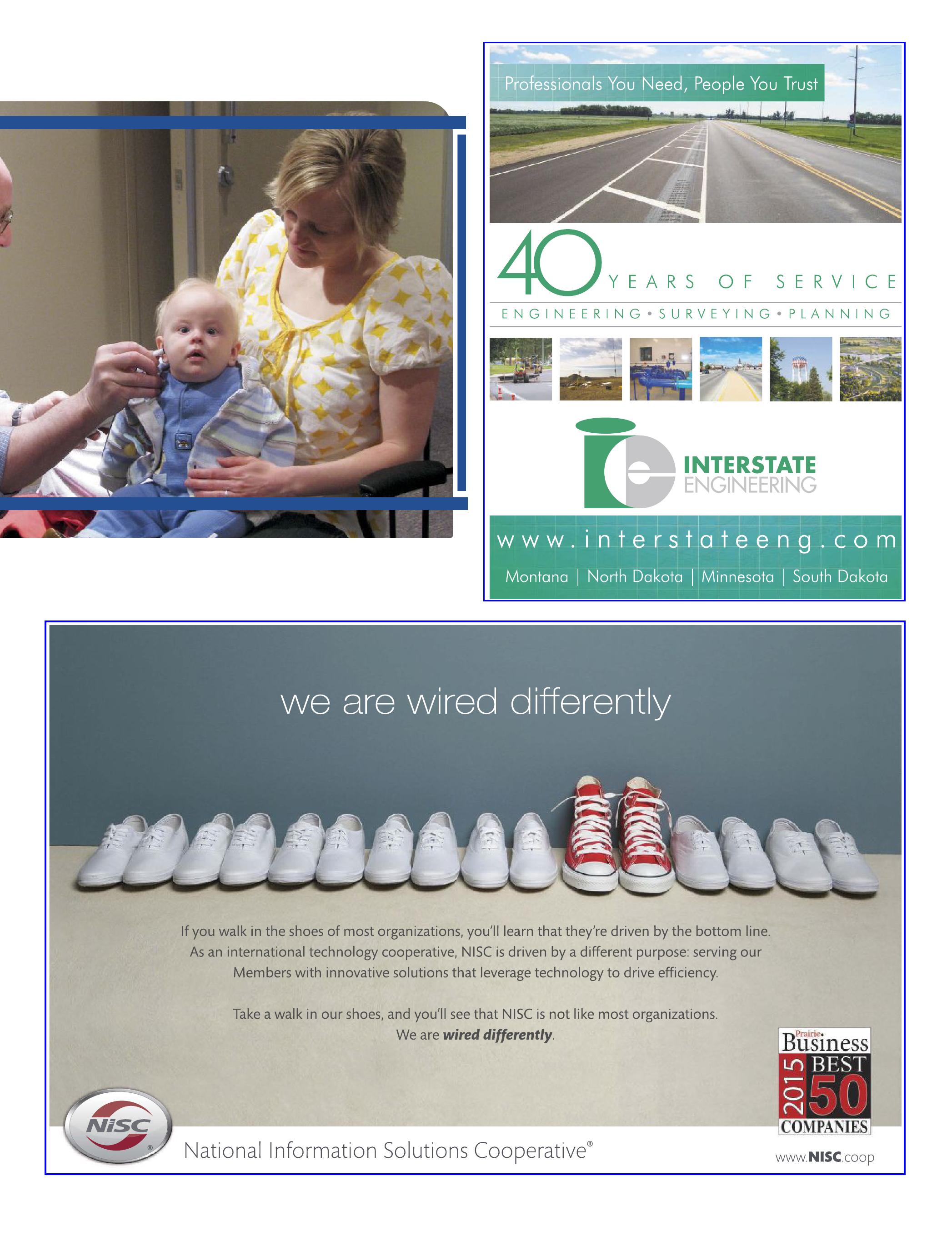
1 minute read
North Dakota’s early hearing detection program gets federal grant
BY LISA GIBSON
The North Dakota Early Hearing Detection and Intervention program has received more than $155,000 in federal funding that will support the development of a complete, statewide hearing health care electronic record.
ND EHDI is located at Minot State University and administered through the North Dakota Center for Persons with Disabilities. North Dakota’s program is unique to the nation, as most are located in the state Departments of Health, says Jerusha Olthoff, ND EHDI program director. But in North Dakota, it’s its own agency. North Dakota is also one of only three states in the country without legislation specific to early hearing detection and intervention. Those factors likely set its application apart from the others in the competitive grant selection process, Olthoff says.
“When children begin with a healthy start, they are able to lead quality and long lives,” says Sen. Heidi Heitkamp, D-N.D. “The federal support to Minot State University will make sure children with hearing problems will get the help they need at an early stage...”
It’s recommended that children receive a complete hearing screening before one month of age, hearing loss is diagnosed before three months of age, and early intervention begin before six months of age, Olthoff says. “The only way to ensure children are actually being identified with hearing loss is through a system capable of providing a statewide perspective, otherwise we can only make assumptions,” she says. “Through the information system, we can see if each child birthed in North Dakota has received a hearing screening and has completed the next level of hearing health care, if needed. … It also allows us to identify children who may otherwise ‘fall through the cracks.’” With early diagnoses, intervention services have the potential for the best outcome.
Federal funding has been ND EHDI’s only source of money, Olthoff says. And it’s crucial that it keeps coming. “From a financial perspective, hearing health care has the potential to impact state educational costs through early identification and intervention. From an individual perspective, children with early diagnosed hearing loss are better prepared to enter the education system at the same level of preparedness as their peers, resulting in better outcomes socially, emotionally and educationally. The financial support at the federal level has been imperative to the continued implementation of an EHDI program in North Dakota.” PB
Lisa Gibson Editor, Prairie Business 701.787.6753 lgibson@prairiebusinessmagazine.com











